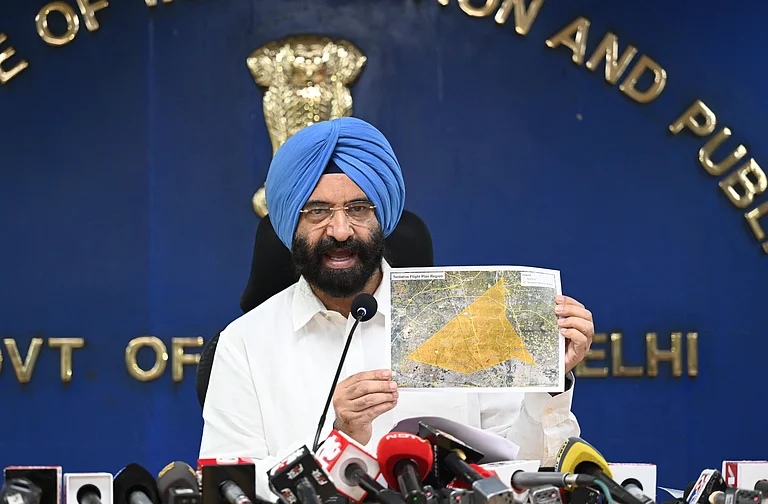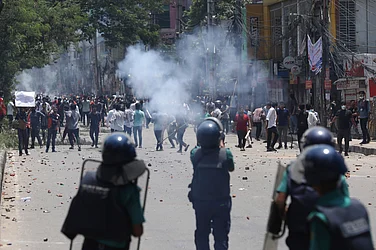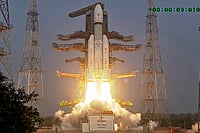
A successful cloud seeding trial was conducted in the Burari area on October 24
First artificial rain planned for October 29 if weather conditions are favorable
IIT Kanpur-led initiative aims to reduce pollution by 50-80 AQI points
Silver iodide flares deployed; 23 departments have approved the project
Delhi is set to witness its first-ever artificial rain through cloud seeding, marking a significant technological milestone in the capital's fight against air pollution. Chief Minister Rekha Gupta announced that preparations have been completed after experts successfully conducted a trial test in the Burari area on Thursday, October 23, 2025. The India Meteorological Department has predicted cloudy conditions on October 28, 29, and 30, with the first artificial rain likely on October 29 if the weather remains favorable.
Cloud Seeding Initiative
The trial seeding flight was conducted from IIT Kanpur to Delhi via Meerut, Khekra, Burari, Sadakpur, Bhojpur, and Aligarh. Cloud seeding flares were fired between Khekra and Burari and over the Badli area using pyrotechnical techniques. Environment Minister Manjinder Singh Sirsa confirmed that all technical parameters were successful, with aircraft fitment, seeding flare deployment, and coordination between participating agencies now complete.
How Cloud Seeding Works?
Cloud seeding is a weather modification technique that enhances precipitation by dispersing substances like silver iodide or salt particles into clouds. These particles act as nuclei around which water vapor condenses and eventually falls as rain. Two major types exist: hygroscopic cloud seeding (using salt-based particles in warm clouds) and glaciogenic cloud seeding (using silver iodide in supercooled clouds).
The materials are deployed from a modified Cessna 206-H aircraft (VT-IIT) stationed in Meerut, with flares mounted on wings that ignite to disperse particles at specific altitudes. The technique only works when target clouds contain at least 50% moisture and are located between 500 and 6,000 meters above ground.
Expected Impact and Limitations
Artificial rain could lower Delhi's Air Quality Index (AQI) by 50-80 points, depending on the spread and intensity. If Delhi's AQI is in the "very poor" category (300-400), successful rain might bring it to "poor" or "moderate" levels by washing out PM2.5 and PM10 particles. However, this effect is temporary, with AQI levels rebounding within days unless core emission sources are tackled. Experts emphasize that cloud seeding offers only short-term relief and should not replace structural reforms addressing traffic, construction dust, industry, and biomass burning.
Project Partnership and Approval
The cloud-seeding project has been developed by IIT Kanpur and the Delhi government through a memorandum of understanding signed in September for five cloud-seeding trials in northwest Delhi. The project has received approval from 23 departments, including the Directorate General of Civil Aviation (DGCA), and is being conducted in coordination with the Indian Institute of Tropical Meteorology, Pune, and IMD. Operations are authorized between October 1 and November 30 under Rule 26(2) of the Aircraft Rules, 1937.





























